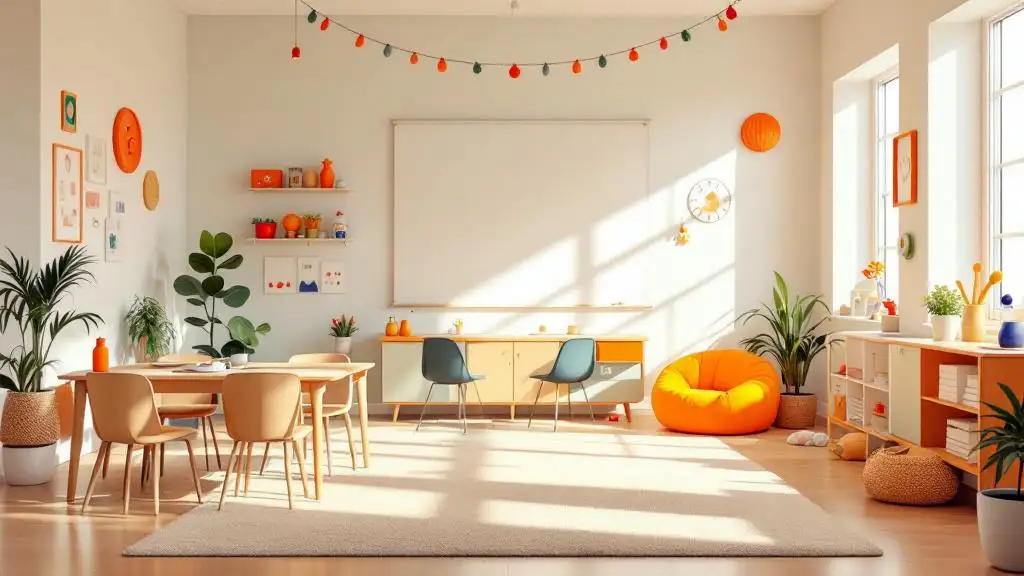Creating Calm and Inclusive Learning Spaces for Neurodiverse Students
Understanding the Foundations of Sensory-Friendly Classrooms
Designing classrooms that support students with sensory sensitivities, particularly those with autism, is essential for fostering inclusive, effective learning environments. These spaces aim to reduce overstimulation, promote self-regulation, and enhance engagement by thoughtfully modifying physical environments and instructional strategies. This article explores research-backed approaches, practical design considerations, and innovative tools to help educators create sensory-supportive classrooms tailored to diverse student needs.
Key Principles of Sensory-Supportive Classroom Design
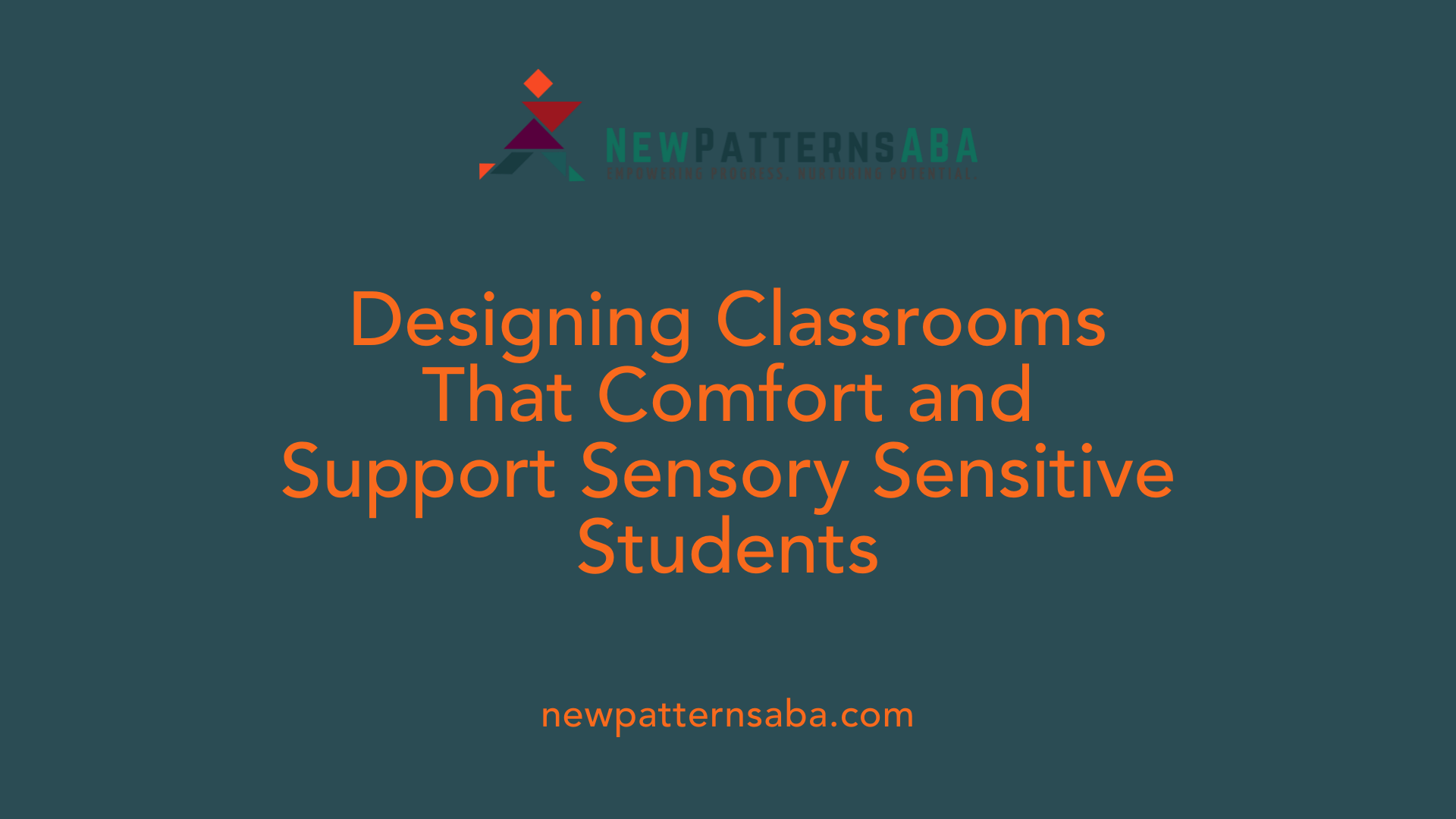
How can teachers design classrooms that support sensory sensitivities among students?
Creating a classroom environment that caters to students with sensory sensitivities involves several thoughtful design strategies. Teachers should aim for a calm, organized space with minimal clutter, which reduces visual overstimulation and helps students focus.
Using neutral, muted colors such as soft blues, greens, or beige walls, along with adjustable lighting options like dimmable lamps or filtered covers on fluorescent lights, can prevent sensory overload caused by bright or flickering lights.
Designating quiet zones or sensory corners within the classroom offers students a safe retreat when they feel overwhelmed. These areas can include comfortable seating, sensory toys, noise-canceling headphones, and visual barriers to provide a calming environment.
Incorporating flexible furniture such as standing desks, wobble stools, exercise balls, or bean bags supports sensory movement and comfort. Regular movement breaks—such as stretching routines, outdoor walks, or sensory activities—assist students in self-regulating.
Teachers can further support sensory needs by providing sensory tools like weighted vests, fidget toys, chewable items, and other discreet sensory aids. Predictable routines, visual schedules, and clear labeling foster a sense of security and predictability.
Collaborating with parents and support teams ensures each student's unique sensory profile is recognized and accommodated, leading to a more inclusive learning environment.
Research by Lawlor (2019) underscores that thoughtful classroom design directly influences student success, especially for neurodiverse learners.
| Design Element | Description | Purpose |
|---|---|---|
| Clutter reduction | Minimized visual distraction | Decreases overstimulation |
| Neutral colors | Soft, muted tones | Creates calming atmosphere |
| Adjustable lighting | Dimmable lamps, filters | Prevents sensory overload |
| Quiet zones | Dedicated calm area | Provides sensory regulation space |
| Flexible furniture | Wobble stools, standing desks | Supports movement and comfort |
| Visual supports | Schedules, labels | Enhances predictability |
By applying these principles, teachers can craft classroom environments that are welcoming and supportive for all students, especially those with sensory processing differences.
Strategies for Creating Inclusive Learning Environments
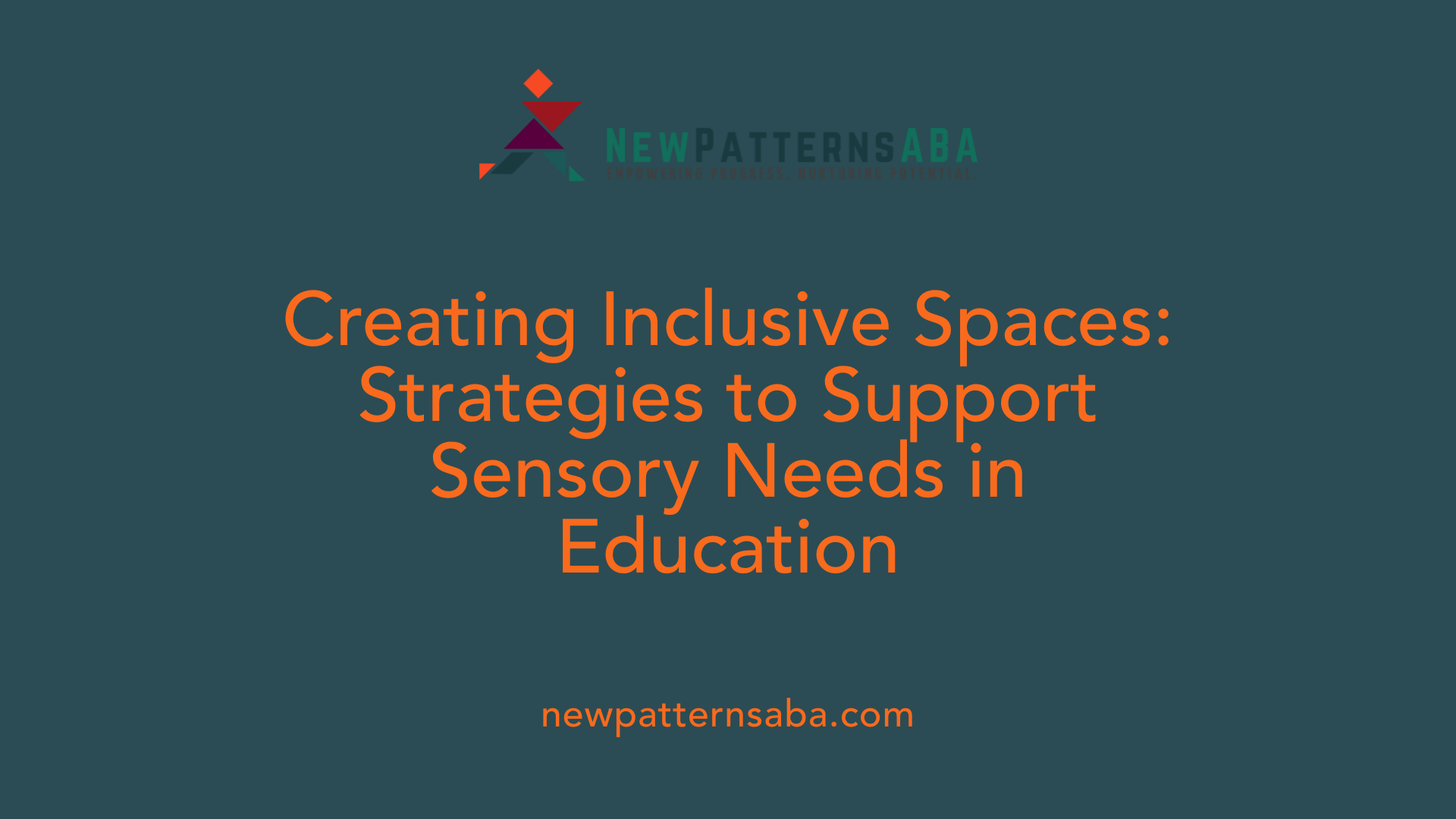 Creating classrooms that support students with autism involves thoughtful design and tailored strategies to ensure sensory comfort and promote engagement. Effective methods include designing the physical space to minimize sensory overload. This can be achieved by controlling lighting—using dimmable lights or filtered covers—and choosing muted wall colors and organized areas that reduce visual clutter.
Creating classrooms that support students with autism involves thoughtful design and tailored strategies to ensure sensory comfort and promote engagement. Effective methods include designing the physical space to minimize sensory overload. This can be achieved by controlling lighting—using dimmable lights or filtered covers—and choosing muted wall colors and organized areas that reduce visual clutter.
In addition to environmental modifications, incorporating flexible seating options like exercise balls, wiggle cushions, or standing desks provides movement opportunities for students who need alternative postures or sensory input. Sensory tools such as noise-canceling headphones, fidget toys, and textured items help children self-regulate and stay focused.
Establishing quiet zones or sensory rooms offers a dedicated space where students can retreat when overwhelmed, which is essential for calming and re-engagement. Visual supports, including schedules, charts, and social stories, coupled with predictable routines, alleviate anxiety and foster independence. These supports help students anticipate what will happen next and understand classroom expectations.
Movement breaks and sensory activities—like stretching, obstacle courses, or sensory walks—are crucial for maintaining regulation throughout the day. Collaborating with specialists such as occupational therapists and engaging families ensures that sensory strategies are personalized to each child's needs.
Staff training on sensory-friendly practices and actively involving students and parents in planning further enhance effectiveness. Overall, the goal is a calm, adaptable environment that encourages participation, reduces stress, and supports the unique sensory profiles of all learners, especially those with autism.
Implementing Sensory Accommodations and Sensory Rooms
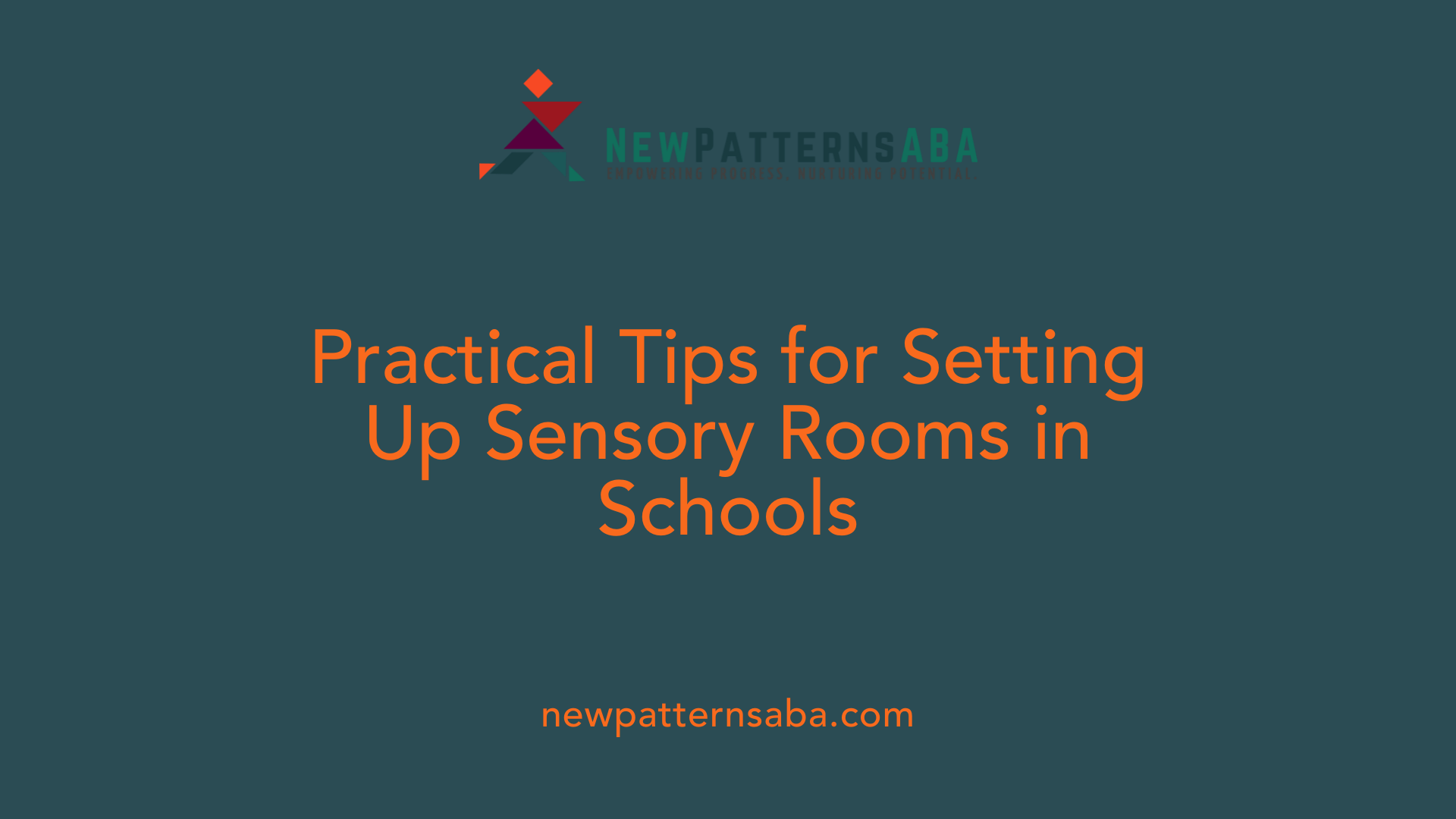
What are practical tips for implementing sensory accommodations and sensory rooms in educational settings?
Creating effective sensory accommodations and sensory rooms involves several practical steps that ensure they meet the diverse needs of students. An essential first step is conducting a detailed assessment of each child's sensory sensitivities. This can be achieved through careful observation, consultations with occupational therapists, and input from families to understand individual preferences and triggers.
Based on these assessments, educators can establish dedicated sensory spaces within the school. These rooms should be equipped with calming tools such as weighted blankets, fiber optic lights, calming visual stimuli, and discreet sensory toys. The environment should be designed to promote relaxation and self-regulation, offering a safe haven when students feel overwhelmed.
Staff training is vital. Educators and support staff should learn how to recognize early signs of sensory overload and how to implement sensory breaks effectively. This includes understanding the use of sensory tools and knowing when to assist students in engaging with them.
Adjusting the classroom environment enhances sensory comfort for all learners. Simple modifications like reducing background noise, adjusting lighting with dimmers or filters, and eliminating excessive visual clutter can make a significant difference.
Incorporating technology can offer personalized sensory experiences. For example, apps that provide calming sounds or interactive sensory activities can be tailored to individual preferences.
Finally, flexibility in room design allows adjustments based on changing needs and new insights. This ensures that sensory accommodations remain effective and responsive, supporting students' emotional regulation, focus, and academic success.
Designing Effective Sensory Rooms in Schools
What are the essential components of sensory rooms?
Sensory rooms are specially designed environments that help students regulate their sensory systems and promote calmness and focus. These rooms typically contain various components tailored to individual sensory needs. Key elements include bubble tubes, sensory projectors, swings, weighted blankets, textured surfaces, and interactive floors. These items provide different types of sensory input, such as visual, tactile, and vestibular stimulation.
Modern sensory rooms often incorporate advanced technology like interactive walls, augmented reality features, and AI systems to enhance engagement and therapy effectiveness. Additionally, calming tools such as soft lighting with dimmable options, blackout curtains, and soundproofing materials help create a controlled, soothing atmosphere.
How can educators effectively set up sensory spaces and integrate sensory support within their classrooms?
Teachers can establish successful sensory areas by carefully selecting and organizing sensory tools that meet their students’ unique needs. Placing items like fidget toys, noise-canceling headphones, or calming visuals in accessible locations encourages proactive use.
Creating a designated corner or room equipped with items like weighted blankets, tactile toys, and adjustable lighting offers students a safe space to self-regulate. The layout should minimize overstimulation, with clearly defined areas for different types of sensory input.
Training staff on how to use sensory equipment effectively is vital. Educators should recognize signs of overstimulation and teach students how to access sensory tools independently.
Integrating sensory activities into daily routines—such as movement breaks, sensory bins, or calming corners—supports ongoing regulation. Collaboration with therapists and families ensures that sensory support strategies are tailored and consistent.
An organized, student-centered environment that balances accessibility and serenity fosters better engagement and well-being. Such thoughtful setup not only supports students with sensory processing challenges but benefits the entire classroom community.
Training Educators for Sensory Support and Design
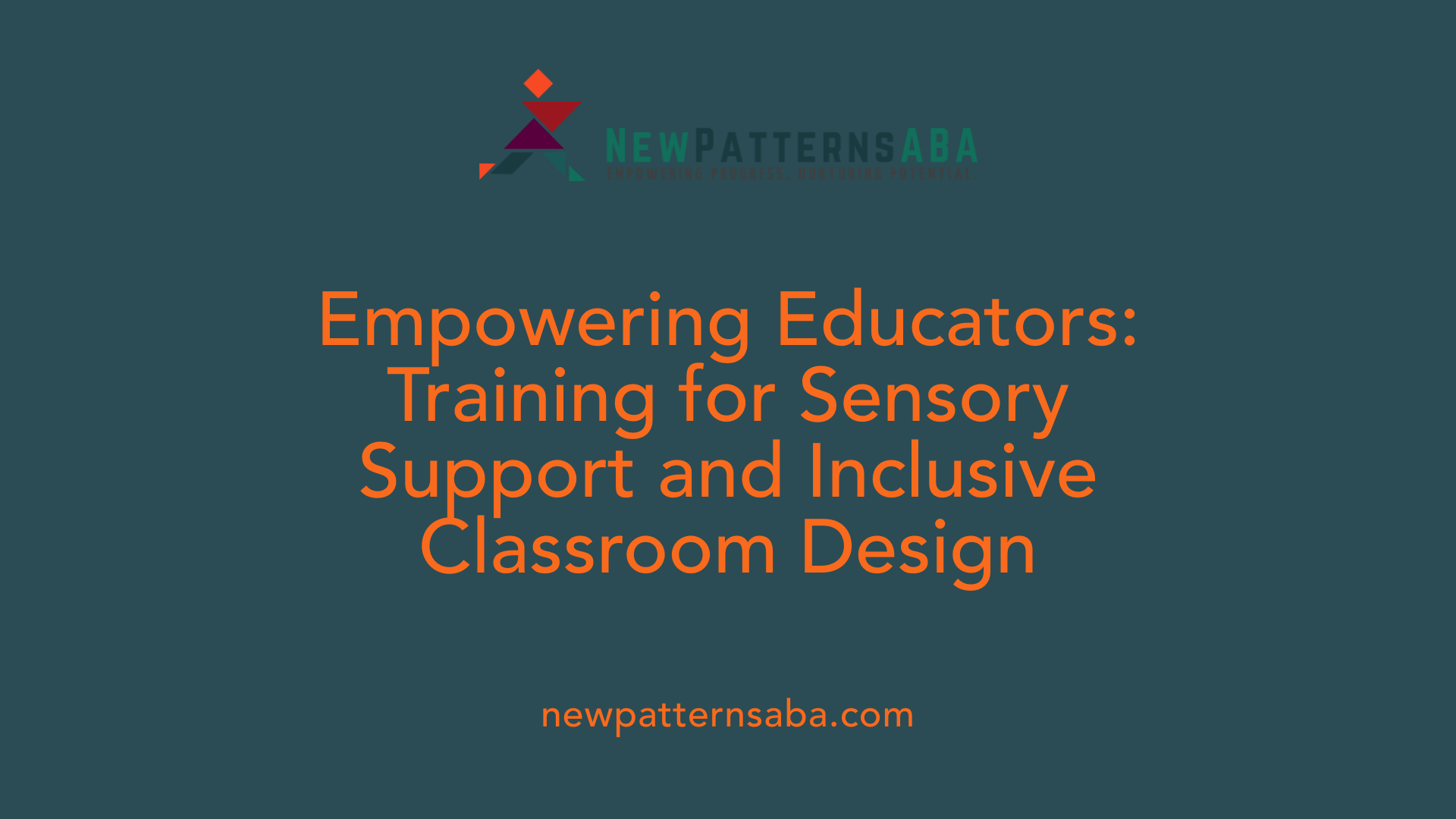
What research-based approaches exist for training educators on sensory-supportive classroom design?
Research indicates that effective training for educators involves a mix of comprehensive professional development, collaboration with specialists, and ongoing assessment. Professional development programs grounded in current evidence on sensory integration and inclusive practices equip teachers with an understanding of sensory processing differences and practical interventions.
Working closely with occupational therapists offers teachers tailored strategies and insights that are rooted in occupational therapy principles, such as Ayres Sensory Integration®. This collaboration helps educators understand how to create sensory-friendly environments and implement appropriate supports.
Using visual aids, planned routines, and setting clear goals also enhances the efficacy of training. Visual schedules and emotion cards, for example, help teachers communicate expectations and track progress.
Monitoring student progress through regular assessments ensures that strategies remain effective and are adapted as needed. Implementing sensory tools, arranging calming corners, and scheduling movement breaks are interventions backed by research that improve self-regulation and classroom engagement.
Ongoing training and consistent consultation with specialists foster an adaptable, evidence-based approach. This continual learning process helps teachers refine their skills, personalize sensory strategies, and create more inclusive, supportive classrooms for children with sensory processing differences.
| Training Element | Description | Research Support |
|---|---|---|
| Professional Development | Workshops on sensory integration and trauma-informed care | Studies show improved teacher confidence and student outcomes |
| Collaboration with Occupational Therapists | Tailored strategies and practical insights | Evidence highlights enhanced implementation and student progress |
| Visual Aids & Goal-Setting | Use of visual schedules, emotion cards, and progress tracking | Research supports better classroom management and student self-regulation |
| Monitoring & Assessment | Regular evaluations to adjust strategies | Improves individualized support and learning success |
This integrated approach aims to build a sustainable, knowledgeable, and responsive teaching environment that supports all learners effectively.
Creating Opportunities for Success Through Thoughtful Design
Designing sensory-supportive classrooms requires a comprehensive understanding of sensory needs and a commitment to creating adaptable, inclusive environments. By combining evidence-based strategies, flexible environmental modifications, and ongoing staff training, educators can build spaces that foster calm, engagement, and success for students with autism. Inclusive design not only supports sensory regulation but also promotes social interaction, independence, and academic achievement, ultimately cultivating a supportive community of learners equipped to thrive.
References
- How to Create a Sensory-Friendly Classroom
- 5 Ways Teachers Can Make their Classrooms More ...
- How to Create a Sensory-Friendly Classroom
- Sensory-Friendly Spaces
- Design Learning Environments for Nervous System ...
- School Sensory Rooms - a Set Up Guide for Educators
- 9 Tips on How to Create a Sensory Room for Autism
- Best Practices for Effective Sensory Rooms in Schools
- Creating a Sensory Friendly Classroom for Students with ...
- Effective Classroom Strategies for Teaching Students with ...

